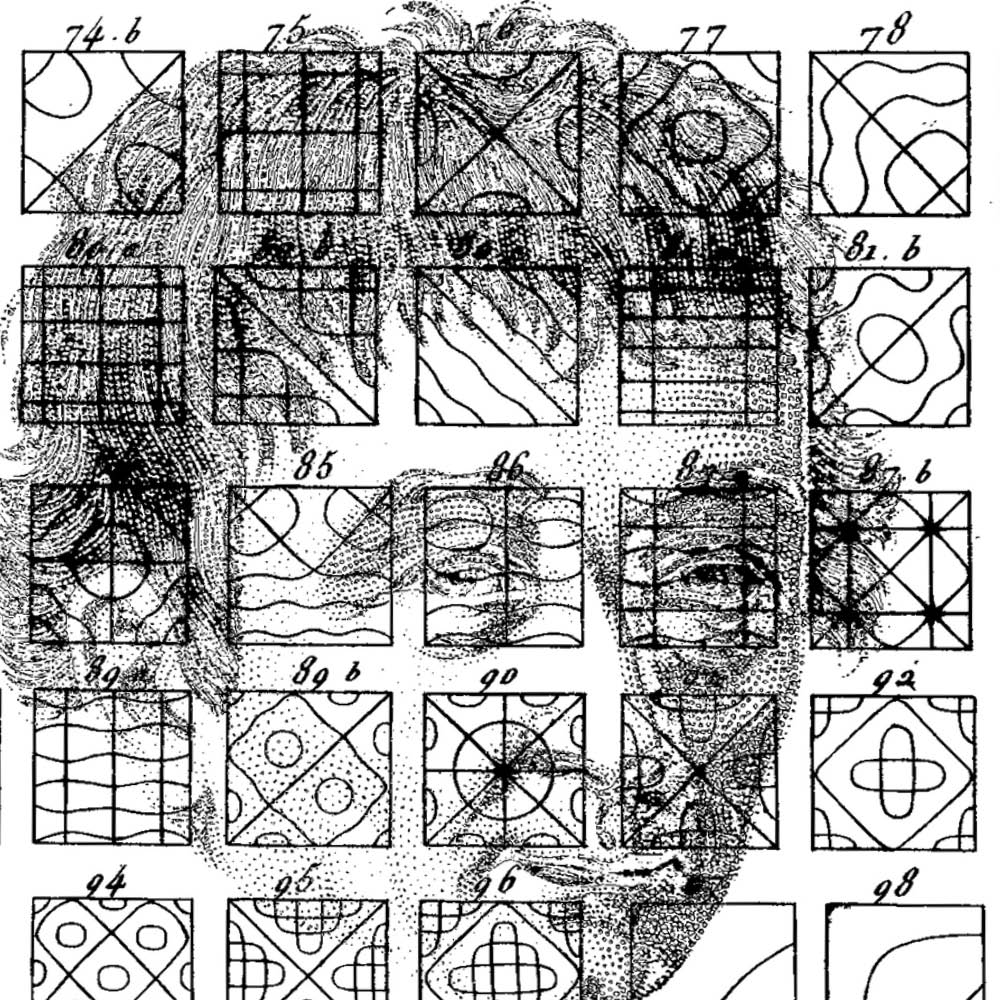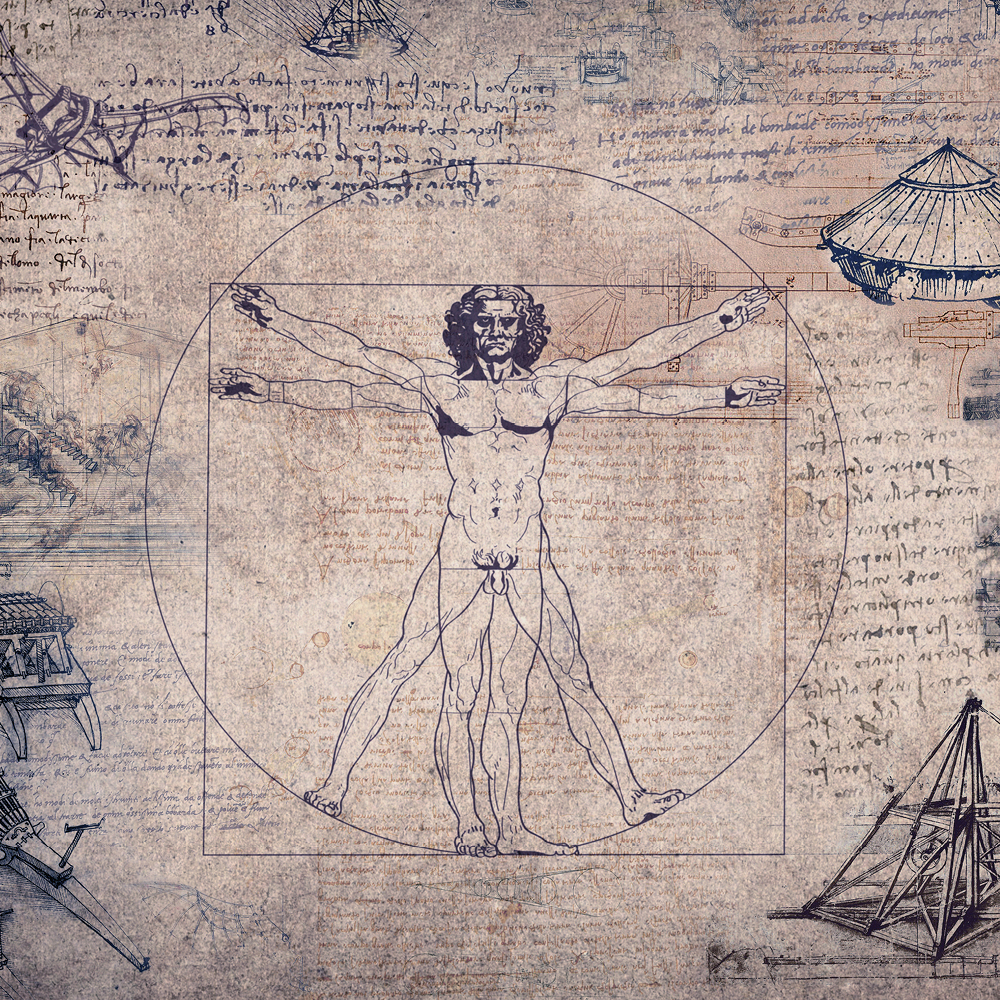“If you want to find the secrets of the universe, think in terms of energy, frequency and vibration.” In one sentence, Nikola Tesla, the brilliant inventor who never received a university degree but patented more than 300 inventions, brilliantly summarized the fundamental nature of the universe. One of his contemporaries, Max Planck, a German physicist and the father of quantum physics, hit the proverbial nail on the head in a revolutionary discourse in 1944. He claimed that matter as such does not exist and that it is actually related to the consciousness of the observer. This completely upended the paradigm of the times, shaking the classic and purely objective approach of the physical world. The vision of matter as an inert and apparently solid state was abandoned as a new reality unfolded: atomic particles vibrating at high speeds, maintained in an energy field and “vacuum“. Eight decades later, this understanding has continued to open new avenues in people’s minds, pushing the strictly scientific framework to expand into the depths of consciousness.
Contemporary science has since largely confirmed the vibratory nature of the universe. String theory, being explored by quantum physicists, proposes a model in which all the particles and fundamental forces of nature could be tiny strings or strands of energy in vibration. For its part, astrophysics has revealed a background noise in the universe, vibrating silently through cosmic space, while NASA has captured and recorded the sound frequencies emitted by the planets. According to the Hungarian philosopher and theorist Ervin Lazlo, whole stars and galaxies vibrate in unison at the scale of the cosmos.In the depths of cosmic space, a universal symphony is playing: the music of the spheres, described by Pythagoras.

Man is a vibratory unit
Whether they explore the universe of the infinitely small or the infinitely large, these scientific advances have a considerable impact. By sweeping away old patterns of thought that have become obsolete, they are revolutionizing the way we look not only at the world around us, but at ourselves. Faced with this new consciousness of matter in which everything is vibrating, what about our relationship to this material entity that we call “body”? After all, if we accept that we (i.e. “man”) are not separate from the universe, Tesla’s statement transposed to the scale of humanity could look like this: “If you want to find the secrets of man, think in terms of energy, frequency and vibration.“ In this perspective, a human being as a whole can be considered in a completely different way: we are no longer just this prodigious and extraordinarily complex “machine” composed of flesh and blood, but rather, we’re a vibratory unit interacting with our environment (which is also vibrating!). By this thinking, we can better understand the impact of sound frequencies on humans as the body naturally recognizes the vibratory language. Following the principle of resonance, the contact of sound frequencies is immediate and the catch is direct.Sound frequencies have a direct influence on our fundamental vibratory nature.
Sound: architect of matter
If sound produces varied impressions and effects on people, they are nevertheless objective because sound is still subject to fundamental laws. Musically, this means that regardless of our personal preferences, a hard rock song does not impact the body in the same way as Mozart’s work. Significant experiments have demonstrated the effects of sound on matter, such as the famous Chladni Figures. German physicist and founder of modern acoustics, Ernst Chladni, deposited sand on a metal plate whose edge was then vertically rubbed with a bow. Under the effect of the bow’s vibration, and according to the frequencies produced, the grains of sand moved to form regular—and almost perfect—geometric figures.

If sound impacts matter, it is above all the architect who models and organizes it.
 (to follow...)
(to follow...) 

